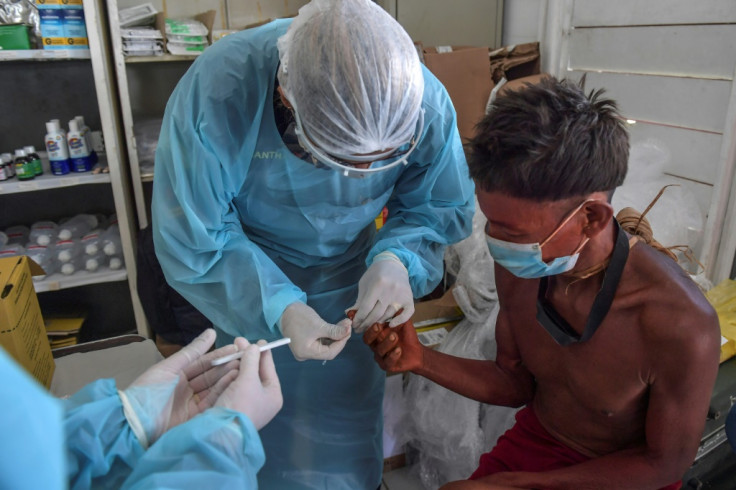COVID-19: Researchers claim aerosol transmission risk was ignored by WHO
So far, data shows the number of deaths from COVID-19 has already surpassed half a million globally.
Those closely following developments regarding the ongoing health crisis recall it was previously indicated that the SARS-CoV-2 can stay airborne for longer periods of time. Studies that followed thereafter assured the public transmission only happens in two ways: The inhalation of respiratory droplets happen from individuals who are already infected who are nearby or contact from a contaminated surface followed by touching the eyes, mouth, or nose. However, many researchers warn that another mode of infection might have been neglected.
Even though the 2019 novel coronavirus has aspects which are now understood by experts, there could be some details that have been missed. Despite suggestions claiming it is not as deadly as other pandemics before it, the fact that a cure or vaccine is not yet available means cases will continue to rise. So far, data shows the number of deaths from COVID-19 has already surpassed half a million globally.
It appears that more than 200 scientists from various countries are in agreement that the 2019 nCoV can spread via aerosols, reports the South China Morning Post. As of this writing, the U.S. Centers for Disease Control and Prevention (CDC), as well as the World Health Organization (WHO), only recognises the aforementioned two pathways. Due to growing evidence that supports the possibility of airborne distribution, existing preventive measures need to be reconsidered.
Ongoing research into how the virus can be transmitted allegedly demonstrates that unlike respiratory droplets, aerosols can float farther. Therefore, social distancing guidelines which recommend a space of at least six feet apart between people in public must be adjusted. Being in poorly ventilated spaces such as public transportation, rooms, and others like it are possible hotspots for infection.
Queensland University of Technology professor of atmospheric sciences and environmental engineering Lidia Morawaska claims her team is 100 percent sure about their findings. In an open letter addressed to the WHO, she and 239 scientists from 32 countries accuse the officials of their purported negligence pertaining to the risk of aerosol transmission.

On the other hand, a representative from the United Nations agency, Dr. Benedetta Allegranzi argues that the information presented come from controlled laboratory experiments and not evidence from the field. COVID-19 cases are once again rising with governments lifting certain restrictions.
© Copyright IBTimes 2025. All rights reserved.





















